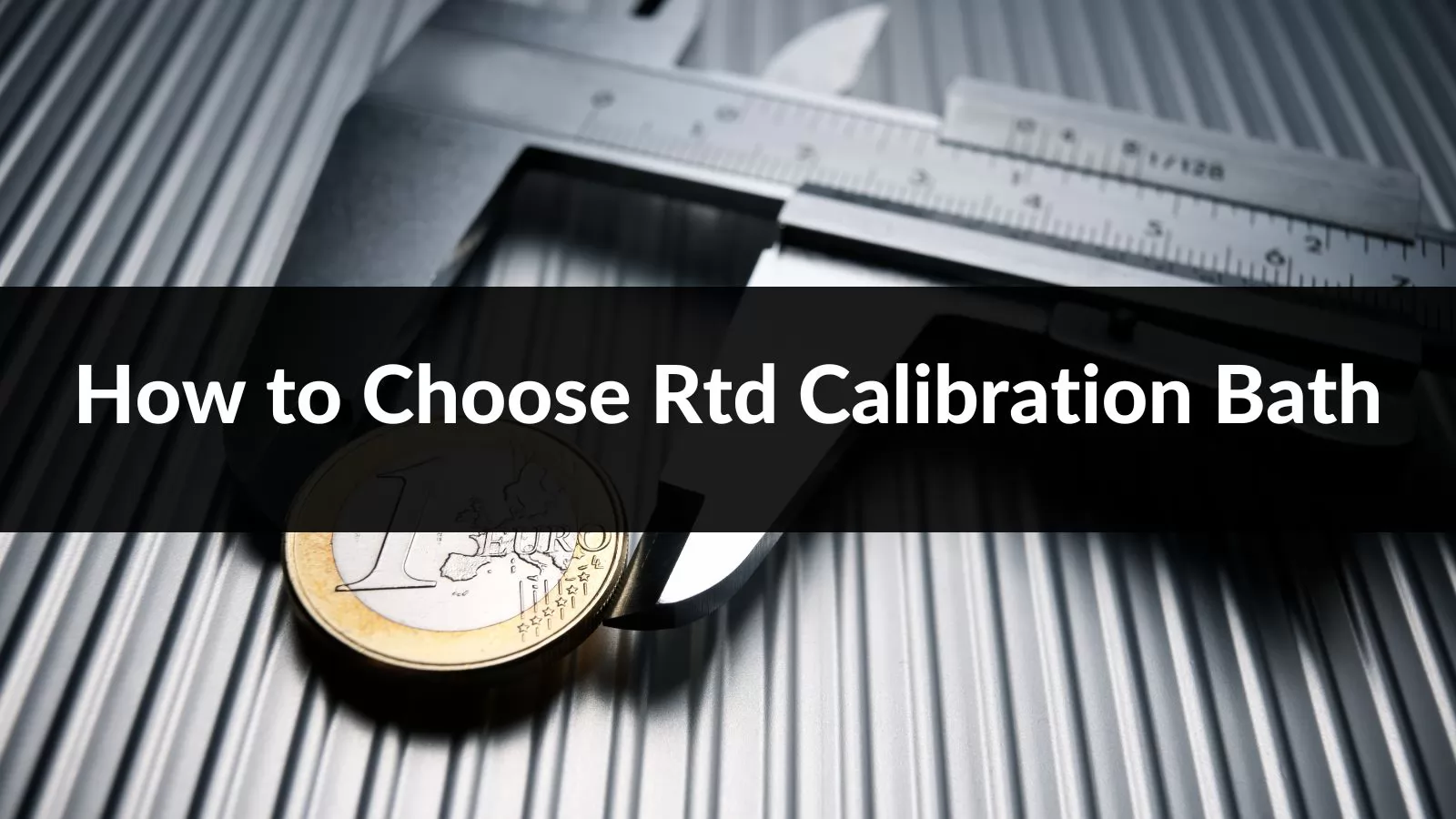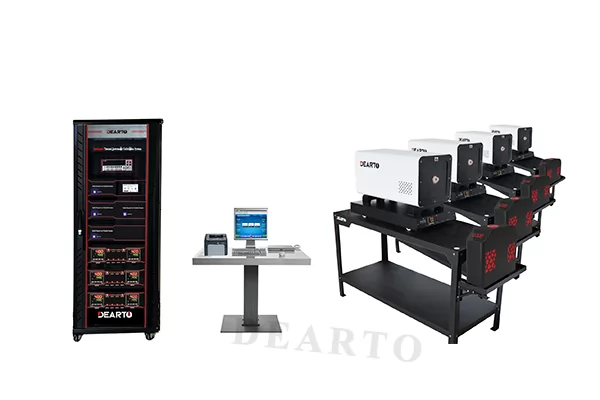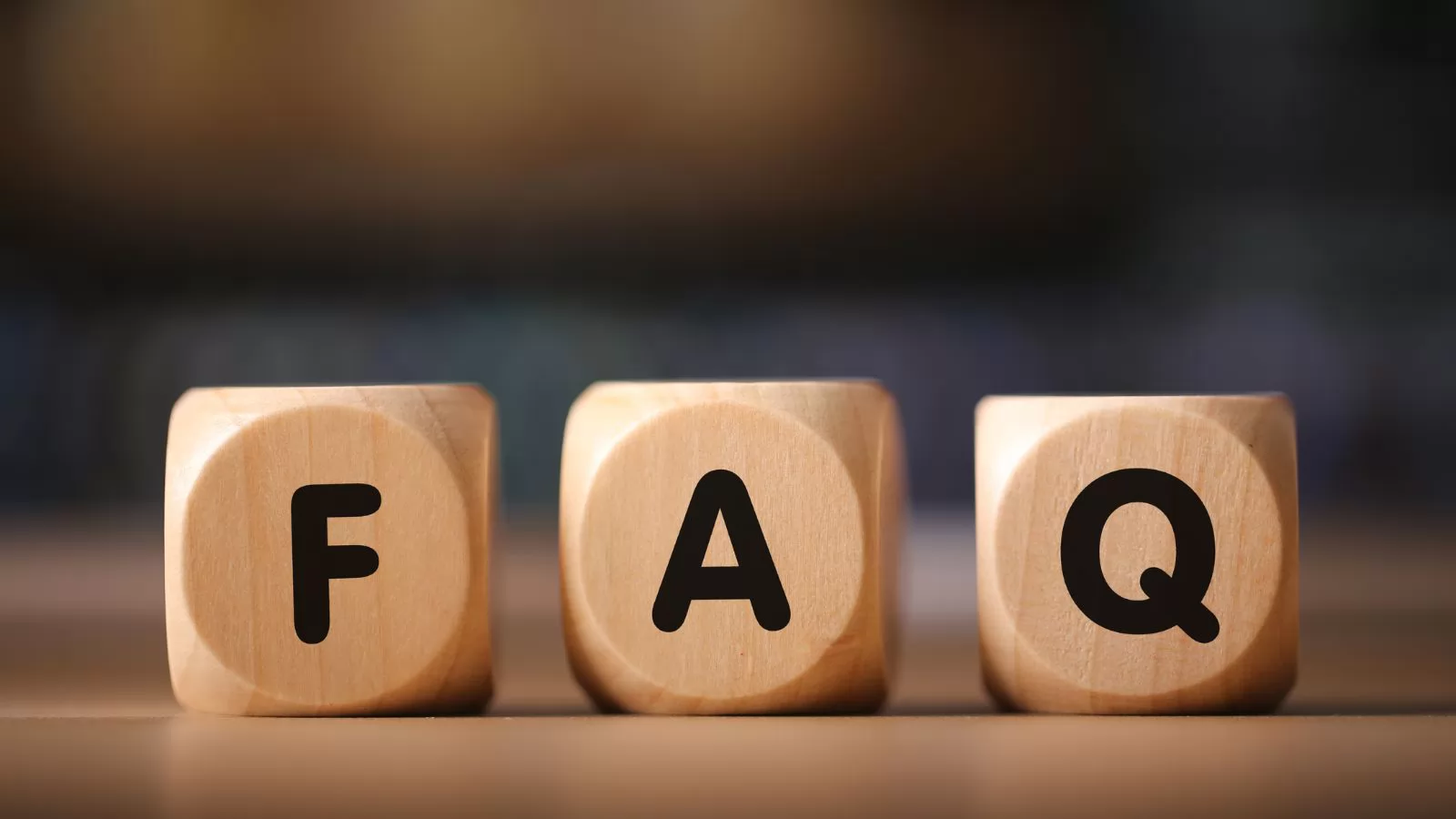
RTD calibration baths are crucial equipment in industries requiring precise temperature measurements, such as pharmaceuticals, food processing, and scientific research. These baths ensure accurate calibration of RTD sensors, ensuring reliable temperature monitoring and control.
In this guide, we will explore the key considerations for selecting an RTD calibration bath to meet your specific requirements and ensure accurate temperature measurements.
1.Understanding RTD Calibration Baths
RTD calibration baths are specialized instruments crafted to provide precise and stable temperature environments for calibrating RTD sensors. They employ sophisticated temperature control mechanisms and high-quality materials to achieve and maintain accurate temperature readings with exceptional stability.
What are the advantages of using RTD calibration baths?
RTD calibration baths offer several advantages:
1.Precise Temperature Control: RTD calibration baths utilize advanced temperature control mechanisms to provide precise and stable temperature environments, ensuring accurate calibration of RTD sensors.
2.High Stability: These baths maintain temperature stability across the bath chamber, minimizing temperature fluctuations and ensuring consistent calibration results.
3.Flexibility: RTD calibration baths accommodate various RTD sensor types and sizes, allowing for calibration of a wide range of temperature measurement devices.
4.Efficiency: By providing a controlled environment for calibration, RTD calibration baths streamline the calibration process, saving time and effort compared to manual calibration methods.
5.Traceability: Calibration baths calibrated against traceable reference standards provide confidence in the accuracy and reliability of calibration results, ensuring compliance with regulatory requirements.
2.Factors to Consider
1.Temperature Range: The first step is to determine the temperature range you need your calibration bath to cover. RTD calibration baths are available in a wide range of temperature capabilities, from -196°C to 1200°C. Consider the specific temperature requirements of your application and choose a bath that can meet or exceed those requirements.
2.Accuracy and Stability: Accuracy and stability are critical factors for any RTD calibration bath. Look for a bath with a high level of accuracy (e.g., ±0.01°C) and good temperature stability (e.g., ±0.005°C). This will ensure that your temperature sensors are calibrated to the highest possible standards.
3.Bath Size and Capacity: The size and capacity of the calibration bath are also important considerations. Choose a bath that is large enough to accommodate the temperature sensors you need to calibrate. Consider the number of sensors you need to calibrate simultaneously and the size of each sensor.
4.Cooling Method: RTD calibration baths use various cooling methods, including liquid nitrogen, mechanical refrigeration, and a combination of both. Each method has its own advantages and disadvantages. Consider your specific needs and budget when choosing a cooling method.
5.Additional Features: Some RTD calibration baths offer additional features such as data logging, programmable temperature profiles, and built-in safety features. Consider which features are important to you and choose a bath that offers the features you need.
3.Additional Features and Options
Some RTD calibration baths may offer supplementary features and options to augment usability and functionality, including:
1.Data Logging: Baths equipped with data logging capabilities enable the storage and analysis of temperature calibration data, facilitating quality control and compliance with regulatory standards.
2.External Control: Certain baths may provide options for external control and connectivity, enabling integration with external devices such as computers or data acquisition systems for remote monitoring and control.
3.Calibration Standards: Consider baths compatible with industry-standard reference standards, ensuring traceability and compliance with calibration protocols.
4.Customization Options: Evaluate whether manufacturers offer customization options such as tailored bath sizes or additional accessories to accommodate specific user requirements.
4.Calibration Procedure Guidance
RTD calibration baths should come with comprehensive guidance on calibration procedures. Ensure that the manufacturer provides clear instructions for performing calibration, including step-by-step procedures, recommended calibration intervals, and guidelines for validating calibration results. Additionally, look for calibration baths that offer flexibility in calibration procedures to accommodate different calibration standards and requirements.
Verify that the RTD calibration bath meets traceability requirements by ensuring that it is calibrated against nationally or internationally recognized standards. Look for baths with calibration certificates and documentation attesting to traceability and compliance with industry standards such as ISO 17025. This ensures that your calibration processes adhere to regulatory requirements and quality assurance protocols.
6.Technical Support and After-Sales Service
Choose a manufacturer that offers robust technical support and after-sales service for their RTD calibration baths. This includes access to knowledgeable support staff who can assist with troubleshooting, calibration advice, and maintenance queries. Additionally, consider factors such as warranty coverage, availability of spare parts, and options for on-site servicing to ensure continued reliability and performance of your calibration equipment.
7.FAQs (Frequently Asked Questions)
Q1.Can RTD calibration baths be used for other temperature sensors besides RTDs?
Yes, some RTD calibration baths can also be used to calibrate other types of temperature sensors, such as thermocouples and thermistors. However, it's essential to verify the compatibility of the bath with the specific sensor type and ensure that the calibration procedures are appropriate for the sensor being calibrated.
Q2.What are some common maintenance tasks for RTD calibration baths?
Common maintenance tasks for RTD calibration baths include regular cleaning of the bath chamber, inspection of seals and gaskets for wear or damage, calibration checks to verify accuracy, and periodic replacement of consumable components such as cooling fluids or insulation materials.
Q3.How can users ensure the accuracy of calibration results from RTD calibration baths?
Users can ensure the accuracy of calibration results by following proper calibration procedures provided by the manufacturer, using traceable reference standards for calibration, verifying the stability and uniformity of temperature control during calibration, and periodically performing calibration checks to validate the accuracy of the bath.
Q4.Are there any safety precautions users should take when operating RTD calibration baths?
Yes, users should adhere to safety protocols when operating RTD calibration baths, including wearing appropriate personal protective equipment, avoiding contact with hot surfaces, and following manufacturer recommendations for safe operation and handling of the equipment. Additionally, users should be aware of potential hazards such as electrical shock or exposure to hazardous materials and take necessary precautions to mitigate risks.
Choosing the right RTD calibration bath is essential for ensuring accurate temperature measurements and reliable performance of RTD sensors in various industrial and scientific applications. By considering the key factors outlined in this guide and evaluating the available features and options, you can select an RTD calibration bath that meets your specific needs and ensures precise temperature calibration for your RTD sensors.
If would like more ,please click here.



